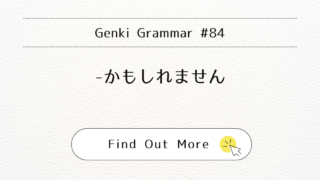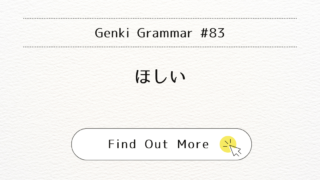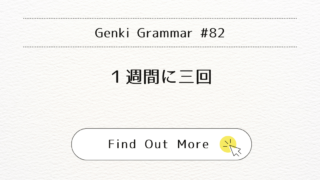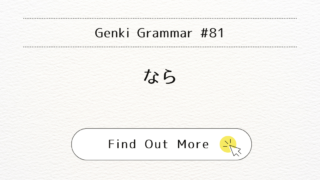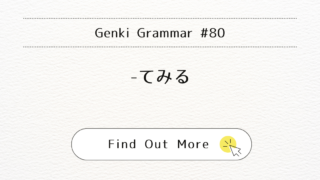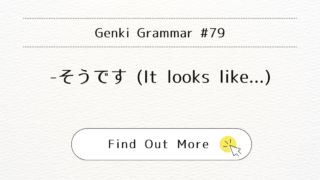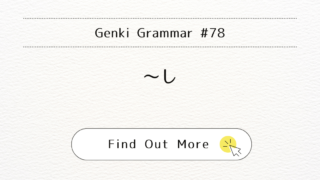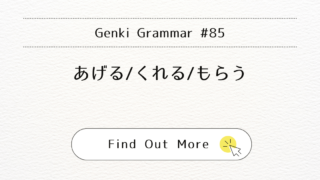 Journey to Japanese Mastery
Journey to Japanese Mastery Genki Grammar #85: Mastering ageru / kureru / morau
Learn how to use あげる, くれる, and もらう to express giving and receiving in Japanese. Genki Grammar #85: Mastering ageru / kureru / morau offers simple explanations and practical examples.

